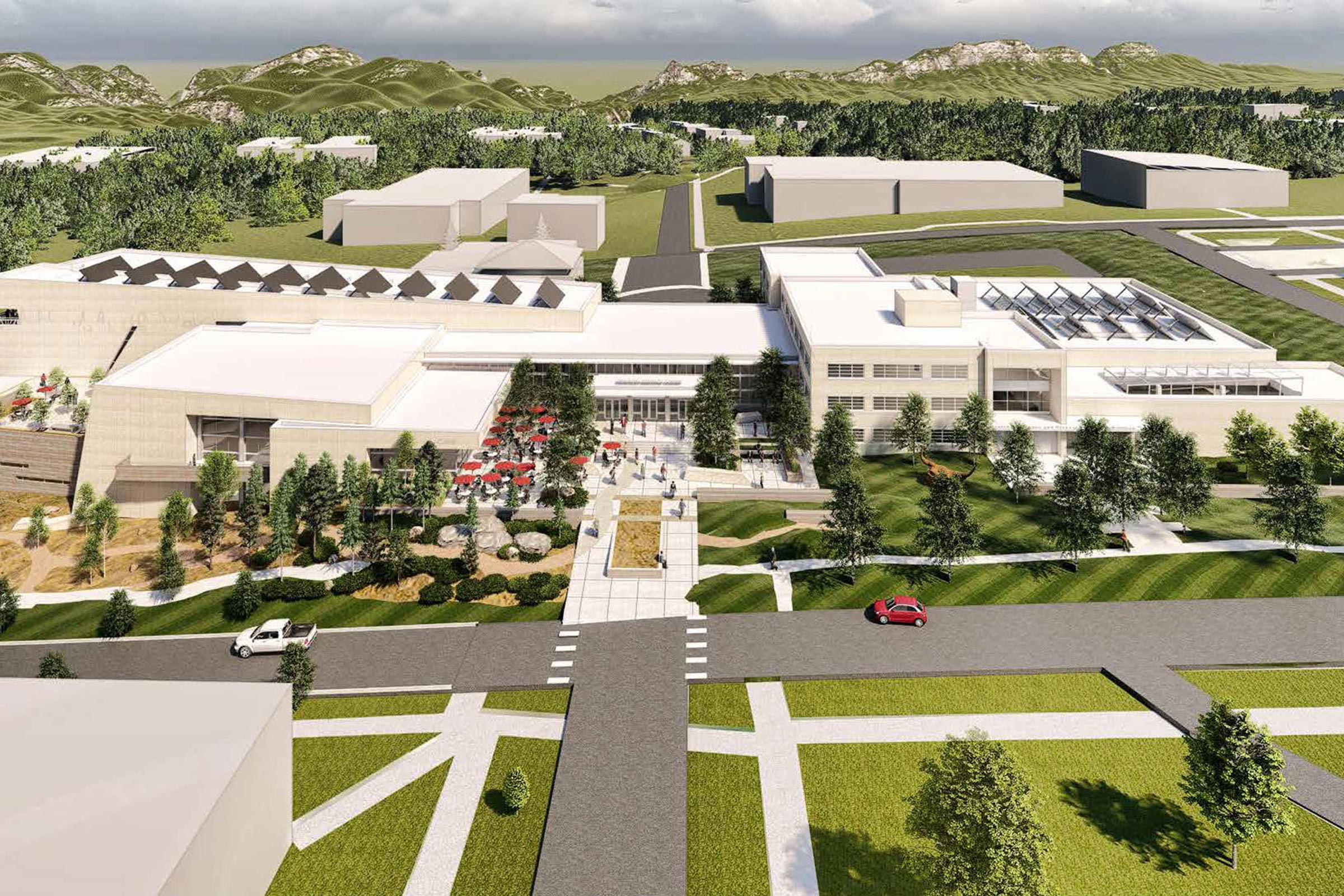Story at a glance:
- Microgrids generate electricity by using local energy sources to generate power and can be used for individual buildings or a grouping of buildings.
- The desire for alternative energy uses has driven recent interest in microgrids.
- Cushing Terrell has been involved in designing energy-efficient buildings for nearly 80 years, incorporating national and international facilities.
Interest in microgrids has been growing as the country (and the world) confronts more frequent, extreme weather events and an increased urgency to consider alternative energy sources in the face of climate change.
Microgrids aren’t a new concept (most early energy grids would be considered microgrids), but they’re fast gaining traction for a variety of organizations to address modern-day energy challenges.
Here we look at solving the many modern-day energy challenges with microgrids.
Traditional Utility Grids vs Microgrids

Photo courtesy of Cushing Terrell
With a traditional utility grid, electricity is generated at central power plants and transported over long distances. Buildings and municipalities connect to this power through a series of substations and transmission lines. With few redundant paths for energy to be delivered, thousands of users can be left without power if one part of the grid fails or needs to be repaired.
In contrast, a microgrid uses local energy sources to generate power for individual buildings or a campus of buildings. Microgrids can operate autonomously (in “island mode”) or be connected to the larger utility grid, making it more adaptable and resilient.
When a microgrid connects to the primary grid, it parallels the grid, matching its characteristics, such as voltage, frequency, and phase rotation. Depending upon the generation capacity, in circumstances such as a partial shutdown of a central power plant, utilities can use the microgrid as a backup generation source.
Some of the local, distributed energy resources utilized by microgrids can include engine generators and/or renewable sources, such as solar, wind, or hydropower. Many newer microgrids also incorporate energy storage and electric vehicle charging stations.
Terms to Know
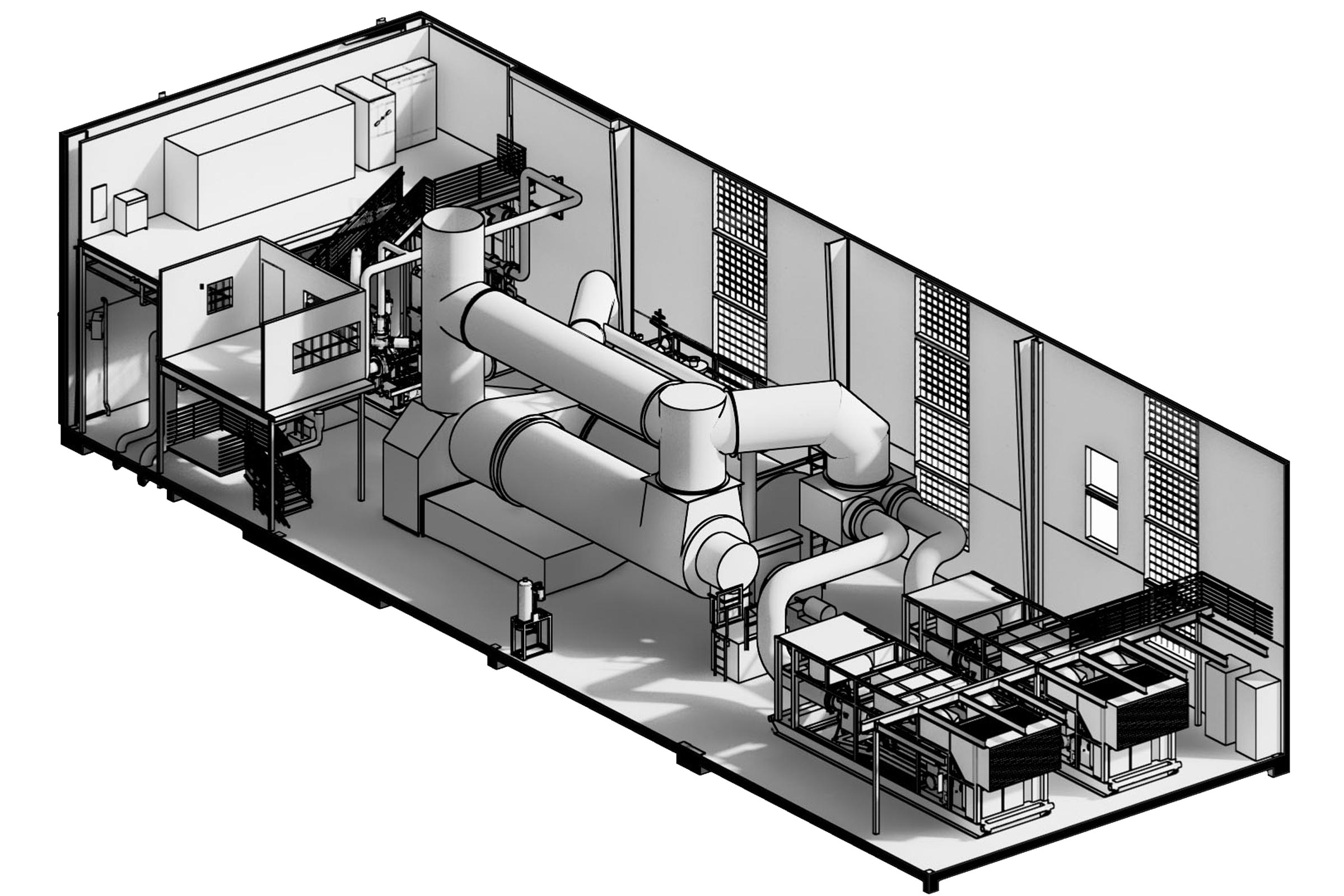
Photo courtesy of Cushing Terrell
Distributed energy resource: Any small-scale power source that is generated or stored locally and is connected to a local distribution system.
Microgrid controller: Software that manages the microgrid’s resources to achieve the owner’s goals.
Island mode: When a microgrid disconnects from the primary utility grid and continues to meet the demand of the local load.
Net metering: An electricity billing mechanism allowing entities that generate their own electricity to use it anytime, rather than when it’s generated.
Common types of microgrids:
Off-grid/remote: Off-grid microgrids always operate in island mode due to a lack of electrical infrastructure from the utility grid. In the past, these microgrids ran mainly on diesel or propane, but today renewable power sources such as solar are not only more common but also sustainable, economic options when paired with a battery storage system.
Grid-connected: As defined by the US Department of Energy, grid-connected microgrids are a group of interconnected customer loads and distributed energy resources within clearly defined electrical boundaries. These microgrids act as individual, controlled entities that can connect and disconnect from the primary grid.
Networked: Also known as nested microgrids, networked microgrids serve a large geographic area. They consist of separate distributed energy resources that are connected to the same utility grid circuit segment. These microgrids are usually managed by a supervisory control system that coordinates all member segments.
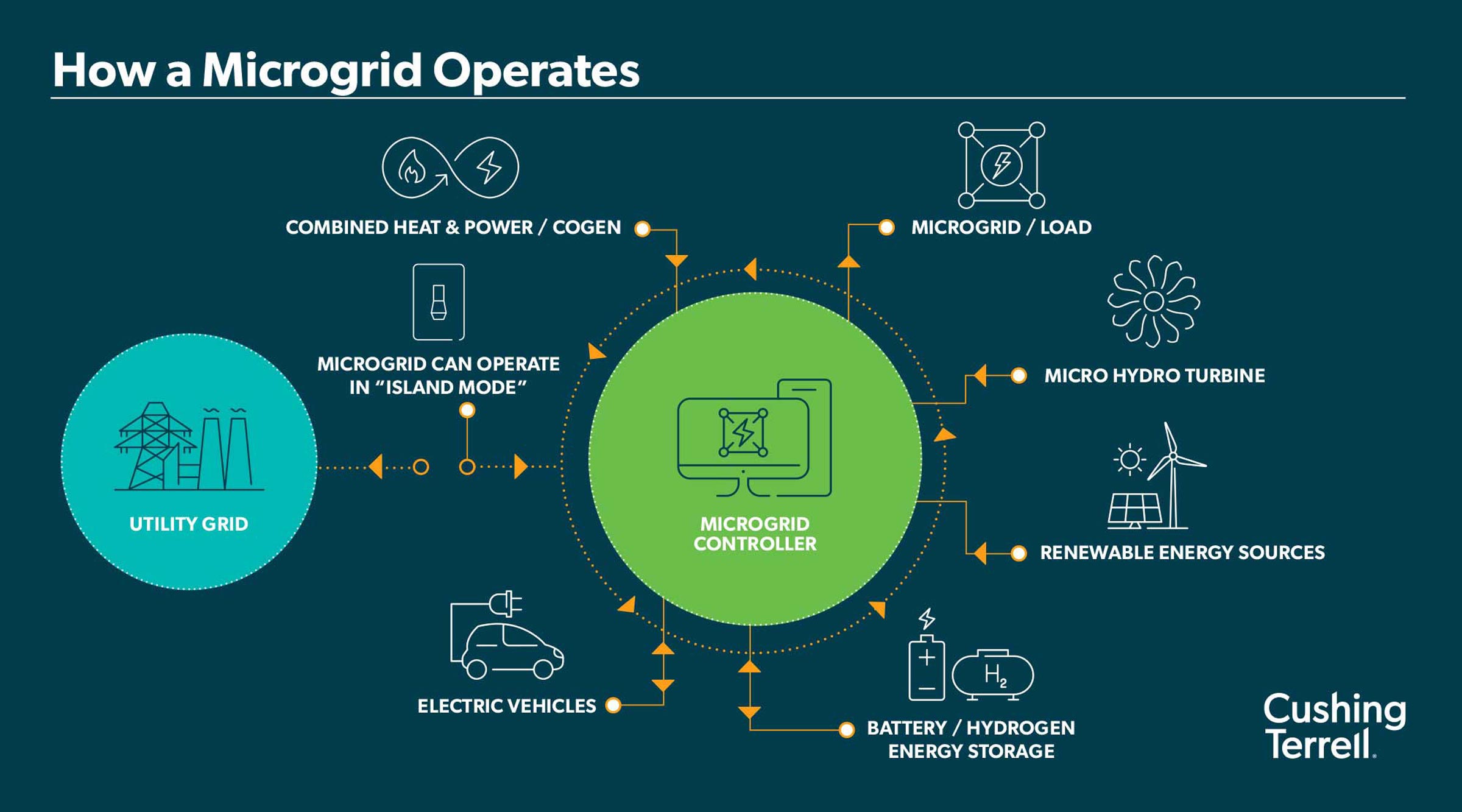
Photo courtesy of Cushing Terrell
Example Microgrid Systems:
Micro-hydropower systems: A micro-hydropower system consists of a turbine, pump, or waterwheel to turn the energy of flowing water into rotational energy, which then becomes electricity. A micro-hydropower system can generate as much as 100 kilowatts of electricity, while a 10-kilowatt system can generally power a large home, small resort, or hobby farm.
Solar photovoltaic systems: A photovoltaic (PV) system comprises a series of solar panels, inverter, and other hardware that use energy from the sun to generate electricity. PV systems can range anywhere in size from small, portable systems to utility-scale generation plants.
Combined heat and power systems: Also known as cogeneration, combined heat and power (CHP) systems generate electricity and capture the heat for use as thermal energy, such as steam or hot water. This thermal energy can then be used for space heating, cooling, domestic hot water, and industrial processes. The two most common CHP configurations are combustion turbine (or reciprocating engine) with a heat recovery unit or steam boiler with a steam turbine.
Biomass systems: Biomass refers to organic material that can be processed and burned to produce energy. Direct-fired combustion systems burn biomass to generate high-pressure steam. The high-pressure steam produced by these plants then drives a turbine generator to make electricity. After use by the turbine, the lower pressure steam can heat a building. Biomass systems work great in colder climates or in buildings that have a constant need for hot water.
Battery energy storage systems: A battery energy storage system (BESS) stores electrical energy that can be used at a later time. The system’s converter charges and discharges batteries to store or provide power. BESS systems use a controller to perform tasks such as peak shaving and load shifting or serve as a temporary back-up power source based on system needs. They pair well with intermediate generation sources like solar photovoltaic systems.
Hydrogen storage and generation: Hydrogen is an emerging storage source that has gained viability in recent years. This system uses excess energy to power an electrolyzer and generate hydrogen from water. The hydrogen can be stored and used to create energy at a later date using either a fuel cell or gas turbine. While not as efficient as a battery storage system, it can serve as an excellent method to store energy for long durations.
Pumped hydro storage: Pumped hydro is a form of energy storage that uses a turbine in conjunction with an upper and lower reservoir. During times of excess energy production, the turbines can spin backward, pumping water to an upper reservoir. When there’s a need for more energy on the grid, this process is reversed so water runs from the upper reservoir to the lower reservoir while passing through the turbine, causing it to spin and generate power. This storage method accounts for roughly 95% of the utility-scale storage in the United States.
Who might consider a microgrid system?
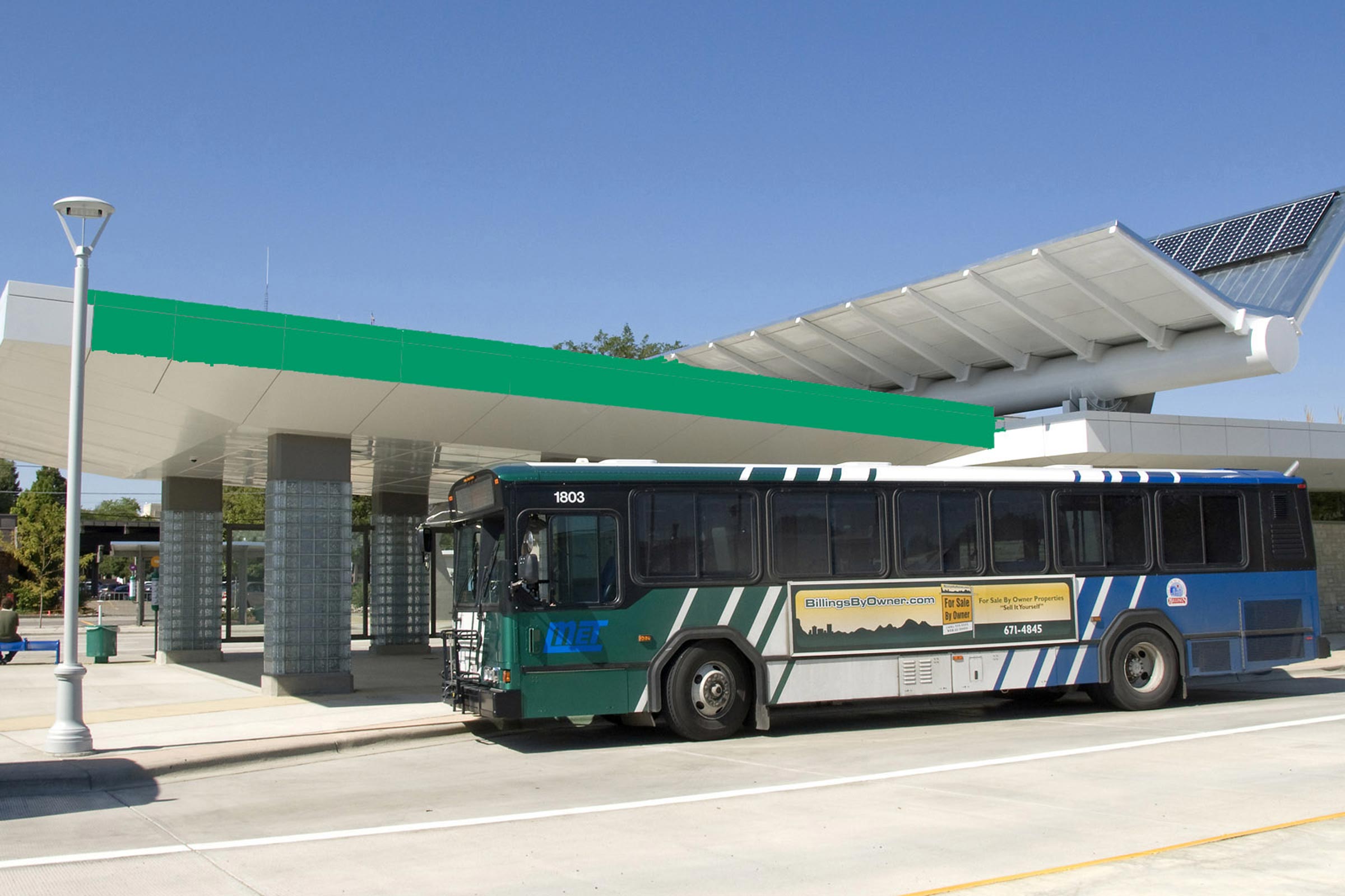
Photo courtesy of Cushing Terrell
Organizations with something to lose. Grocery stores that depend on large refrigeration systems for their products and hospitals that must keep life-saving/sustaining equipment and HVAC systems running at all times are two prime examples.
For ShopRite grocery stores on the East Coast, our Cushing Terrell team configured combined heat and power microgrid systems that generate power using a lean-burn, natural-gas engine. Set up to operate in island mode, when Hurricane Isaias hit in August 2020, the stores remained operating and were able to keep frozen and refrigerated goods from perishing, saving millions of dollars for this particular client.
Additionally, you can see this type of system in action for the Peninsula Regional Medical Center in Maryland. Two large, highly efficient natural-gas engines produce power for the hospital at all times. The system recaptures waste heat off the engines and pipes it into the boiler system, reducing the amount of natural gas burned in boilers to heat the hospital. This combined heat and power system can be placed in island mode, so if the utility grid goes down due to a hurricane or other outage, the hospital can disconnect from the main grid and keep running.
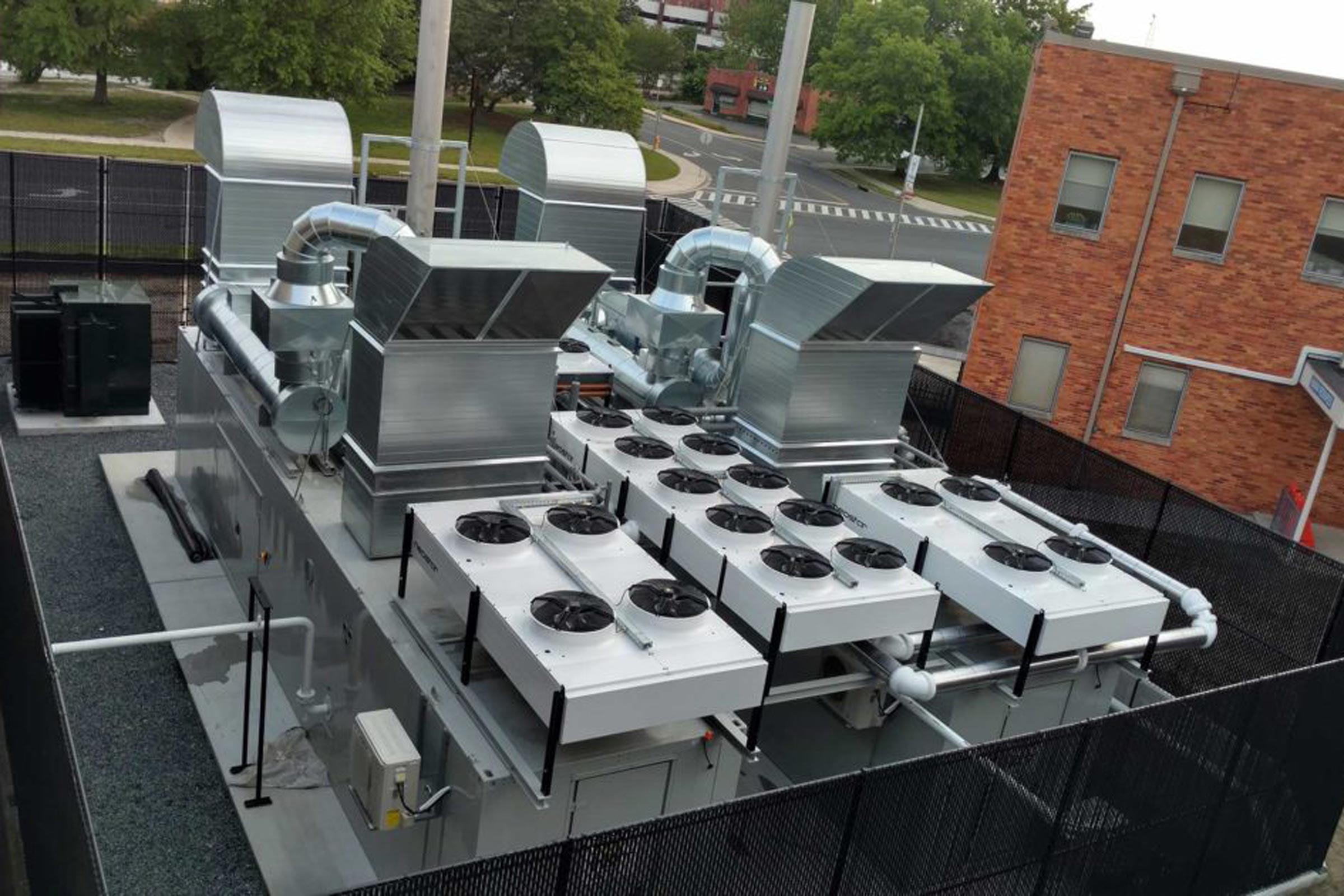
The PRMC (Peninsula Regional Medical Center – now part of TidalHealth Services) CHP (combined heat and power) system is set up to operate in island mode if needed. Photo courtesy of Cushing Terrell
Truly off-grid locales
Some microgrids aren’t attached to a larger grid at all. These are typically found in very rural settings where extending power from a central hub would be too difficult or expensive.
For example, Cushing Terrell designed the Lamar Buffalo Ranch power system in Yellowstone National Park, which uses a solar photovoltaic array, micro-hydro turbine, Toyota recycled nickel-metal hybrid car batteries, and a small propane backup generator. The system allows the facility to operate in a way that conserves energy and water and reduces waste. Toyota sponsored this project in an effort to find a secondary use for hybrid car batteries after they reached the end of their life in a vehicle.
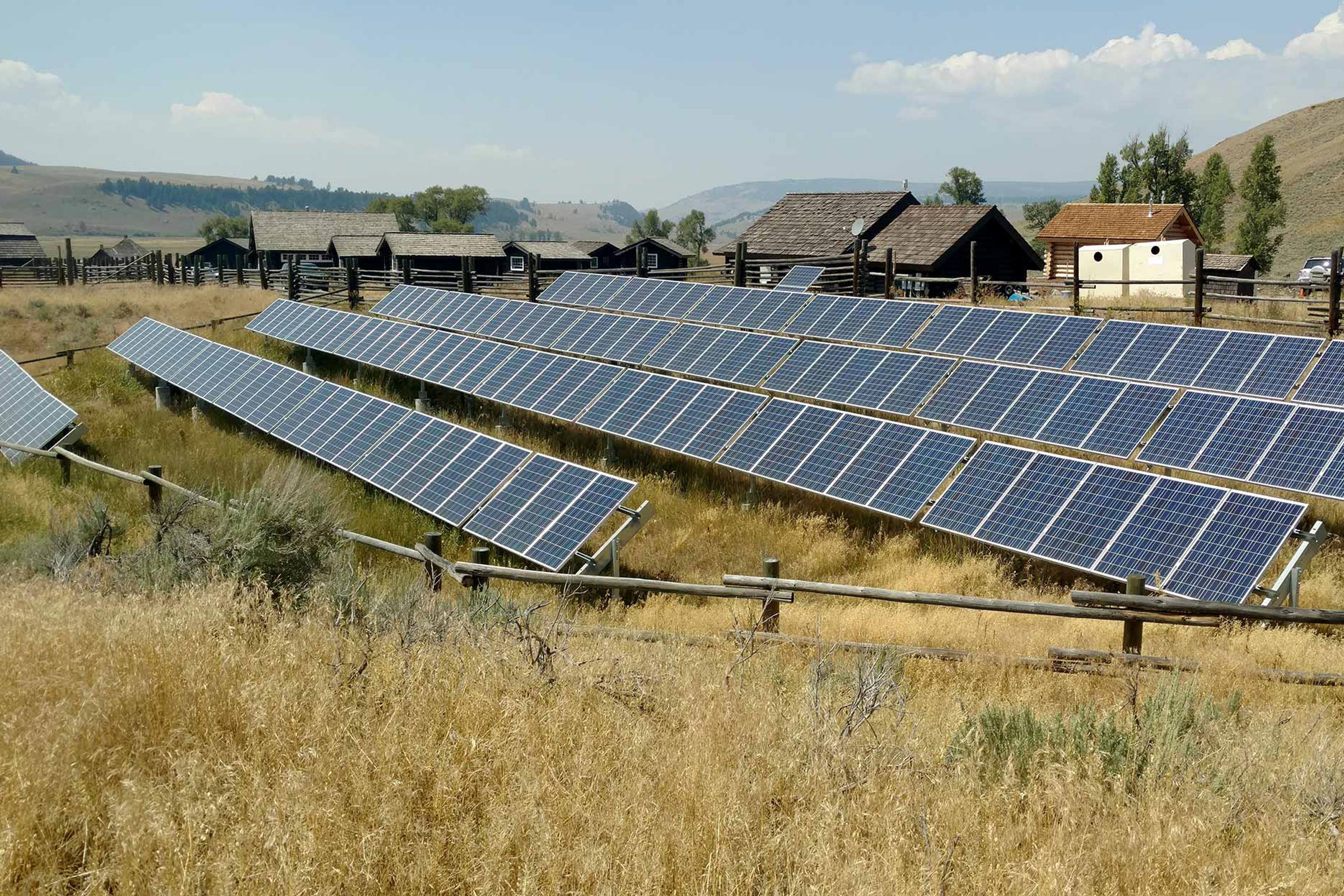
The Lamar Buffalo Ranch Power System in Yellowstone National Park is 100% off-grid. Photo courtesy of Cushing Terrell
Organizations looking to go green(er)
Not all microgrids are considered greener, as many are powered by diesel generators, but more and more organizations are using renewables to power their microgrids. Environmentally friendly energy sources such as wind and solar are variable, meaning they ramp up and down based on nature’s schedule. However, when paired with the central grid or integrated into a form of storage (batteries, pumped hydro, or hydrogen), the swings that can occur with renewables are balanced out.
The Lamar Buffalo Ranch Power System in Yellowstone National Park is 100% off-grid.
Why you’ve been hearing so much about microgrids
More companies and governments are considering microgrids as the solution to a variety of challenges. There’s evidence that microgrids could reduce safety concerns, propel the use of electric vehicles, eliminate transmission losses, and even enable a more robust sharing economy.
Wildfires and other natural disasters
Failed power lines due to high-wind events can leave customers without power and, even worse, cause large wildfires. We saw recent examples of this in California where wildfires devastated homes and communities. To address these natural disasters, local utilities have begun to de-energize power lines during high-wind events, which can result in hundreds of thousands of customers without power for a few hours to several days.
Microgrids have the potential to help with this situation in two ways. First, local power sources can eliminate the need for such long-distance delivery, thus reducing the potential for a power line to spark or short out in a dry zone. Second, if power lines do need to be shut down in anticipation of a high-wind event, the microgrid can switch to island mode instead of relying on power served from these lines. This can result in health, safety, and economic benefits when it comes to power needed for medical equipment and keeping refrigerated and frozen goods from perishing during extended outages.
Wildfires are not the only natural disaster that demonstrates the fragility of the utility grid. With climate change causing more frequent superstorms like the recent hurricanes on the East Coast, aging traditional energy infrastructure (power lines and substations) can be damaged or destroyed. It can take anywhere from a couple of days to several weeks after these storms pass to restore power to the areas affected. However, microgrids that operate independently from the primary grid can continue operating during these events. An example of this independence is the continued operation of ShopRite grocery stores on the East Coast during Tropical Storm Isaias.
Electric Vehicles
Electric vehicles (EV) also benefit from microgrids, and vice versa. Microgrids can better power EV charging stations, while EV popularity can drive interest in microgrids. EV charging structures—especially fast chargers—can exceed the capacity of utility substations and distribution lines, meaning that utilities may need to update distribution infrastructure to meet this increased demand.
Microgrids are especially important as businesses and public transit authorities electrify their fleets. If the existing electrical distribution grid can’t accommodate the energy loads necessary to power a fleet, microgrids can help with power availability and offer cost control and predictability. Additionally, microgrids can ensure a percentage of the power going into these fleets is from renewables or low-carbon sources. In the future, EVs could start to play a role as an energy-storage device with the potential to release energy back to the grid when not being used for transportation.
Peer-to-peer trading
The sharing economy has reached utilities. The New York Times reported on one such microgrid in—where else?—Brooklyn. In this example, the microgrid is a virtual, peer-to-peer energy trading system built on blockchain. With peer-to-peer energy trading, residents and businesses have control over the energy that’s produced in their microgrid, rather than an energy company. They use a virtual trading platform that allows solar-energy producers to sell excess-electricity credits from their systems to buyers in the group.
They’re not the only group engaging in this approach, as neighbor-based systems exist in Australia, India, Germany and elsewhere, with members trading their stored energy (typically generated via solar panels) among one another.
Where to begin
Our team has been designing energy efficient buildings and systems for more than 80 years. Our microgrid expertise spans markets and has been utilized nationally and internationally for mission-critical facilities. We partner with clients to develop feasibility studies, including the analysis of site and building base loads, building design considerations, utility interconnection feasibility, and detailed payback analysis, as well as construction documentation and component specifications. If you’d like to learn more about how our team can support your needs, please reach out.
Meet the people behind the work
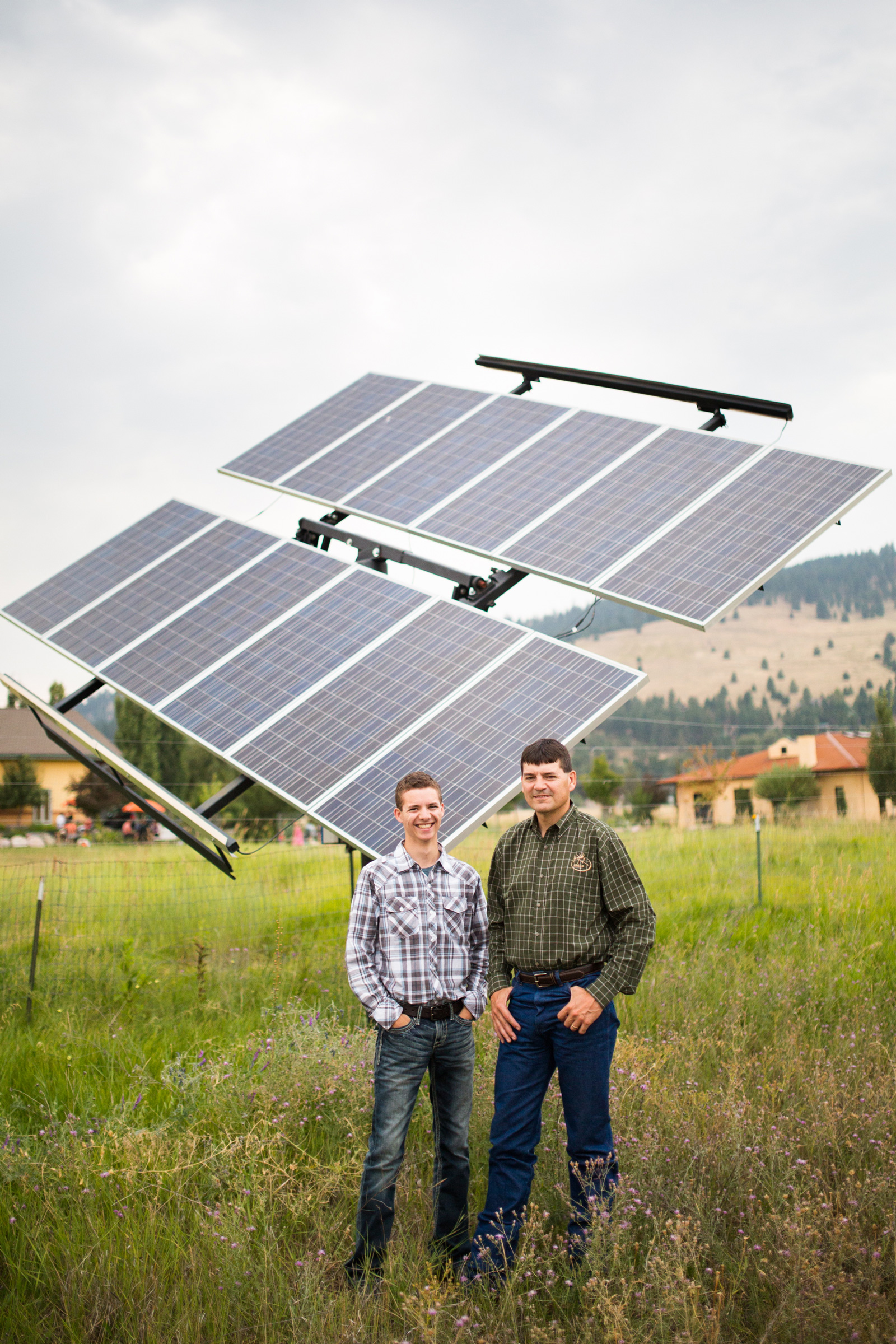
Nathan Bronec and Alan Bronec. Photo courtesy of Cushing Terrell
Known as the engineering dynamic duo, Alan and Nathan Bronec are father and son team members in Missoula, Montana.
Alan is a principal owner and leads the firm’s electrical engineering group. He has 30 years of experience designing electrical systems for a wide variety of renewable energy projects in the US and internationally, including CHP, solar photovoltaic, and battery energy storage systems. His work has included implementing microgrid systems for health care, government, and retail clients with the goal of ensuring energy resilience and reliability. Alan is a licensed professional engineer in 21 states.
An electrical engineer in training, Nathan Bronec specializes in energy production modeling, power distribution and generation, alternative energy systems, and the financial analysis of power generation systems. Following in his dad’s footsteps, Nathan has developed a passion for delivering smart, sustainable, on-site energy generation solutions for a variety of industries. In his seven years with Cushing Terrell, his work has included unique projects such as the Lamar Buffalo Ranch off-grid site and grid-scale solar farms.

